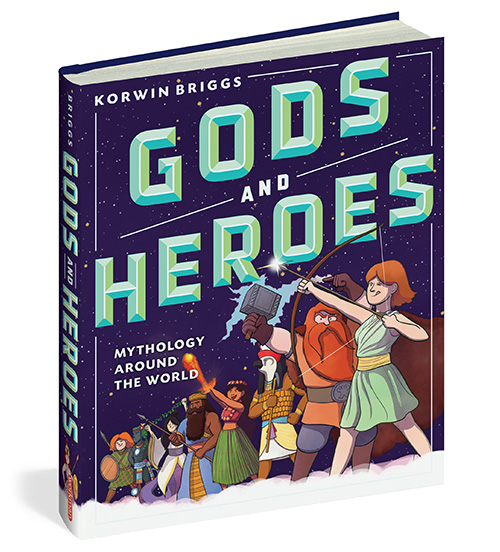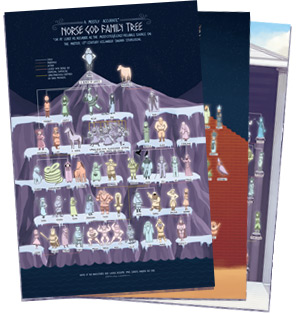Potato Begins
(This is part 1 of a 3 part series. Part 2 is here, and Part 3 is here)
Honestly, I don’t know why I expected potatoes to be boring. Boring only really applies to stuff you don’t know about, you know? Once you start reading about it, you learn all kinds of weird stuff, and soon you’re talking about it to everyone you know.
Speaking of which: to those who came to my birthday party and endured a half-hour lecture on potatoes, please accept my deepest apologies.
But seriously, there are so many kinds of potatoes. Look at these potatoes. The average Andean village has more kinds than nine tenths of the potato crop of the US. The International Potato Center in Peru (an actual place) has 5000 varieties alone. There are potatoes we don’t even know about. There are researchers whose entire job is to try to work out the potato family tree.
The poison thing is totally true, by the way. It’s called solanine, and it’s been mostly bred out of the kind of potatoes you buy at the store – just don’t eat them if they’ve turned green and you’ll be fine. Oh, and don’t eat the leaves. There’s a story where Queen Elizabeth I of England invited a bunch of nobles to eat potatoes for the first time, but her kitchen staff threw out the gross brown lumpy bits and cooked up the leaves. Everyone got horrible indigestion and (depending on which source you read) potatoes were banned at court, and/or in England, and/or the cook was fired.
(Several people have told me this didn’t actually happen, but I want to believe.)
It’s also true about clay absorbing the poison. A lot of traditional Andean potato recipes still call for a kind of clay gravy. If you think that sounds gross, know this: once I didn’t wash my hands between pottery class and lunch and my sandwich tasted fine.
Anyway.
Next week, nukes! After that, Potato II: Potato Rises.
~Korwin



